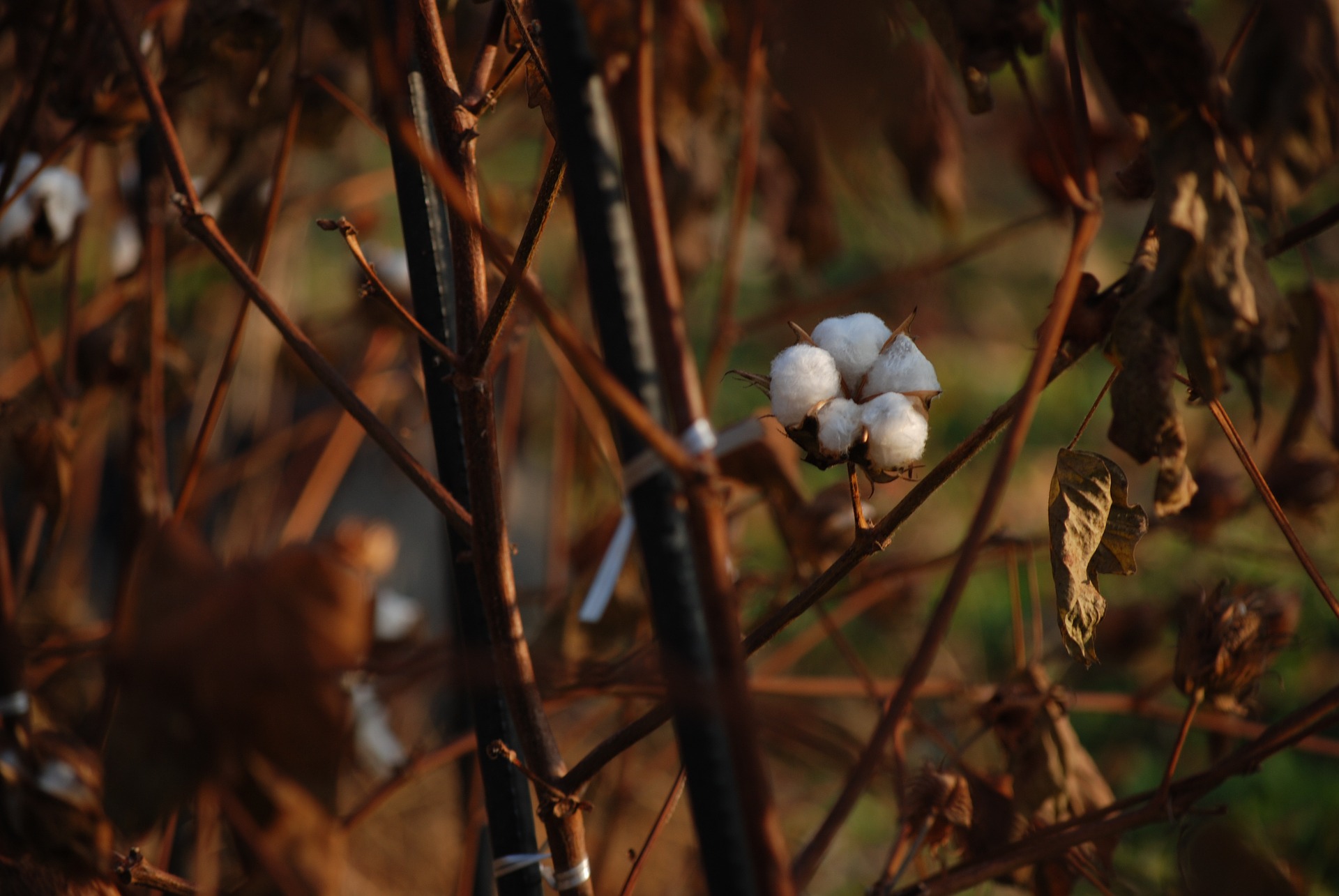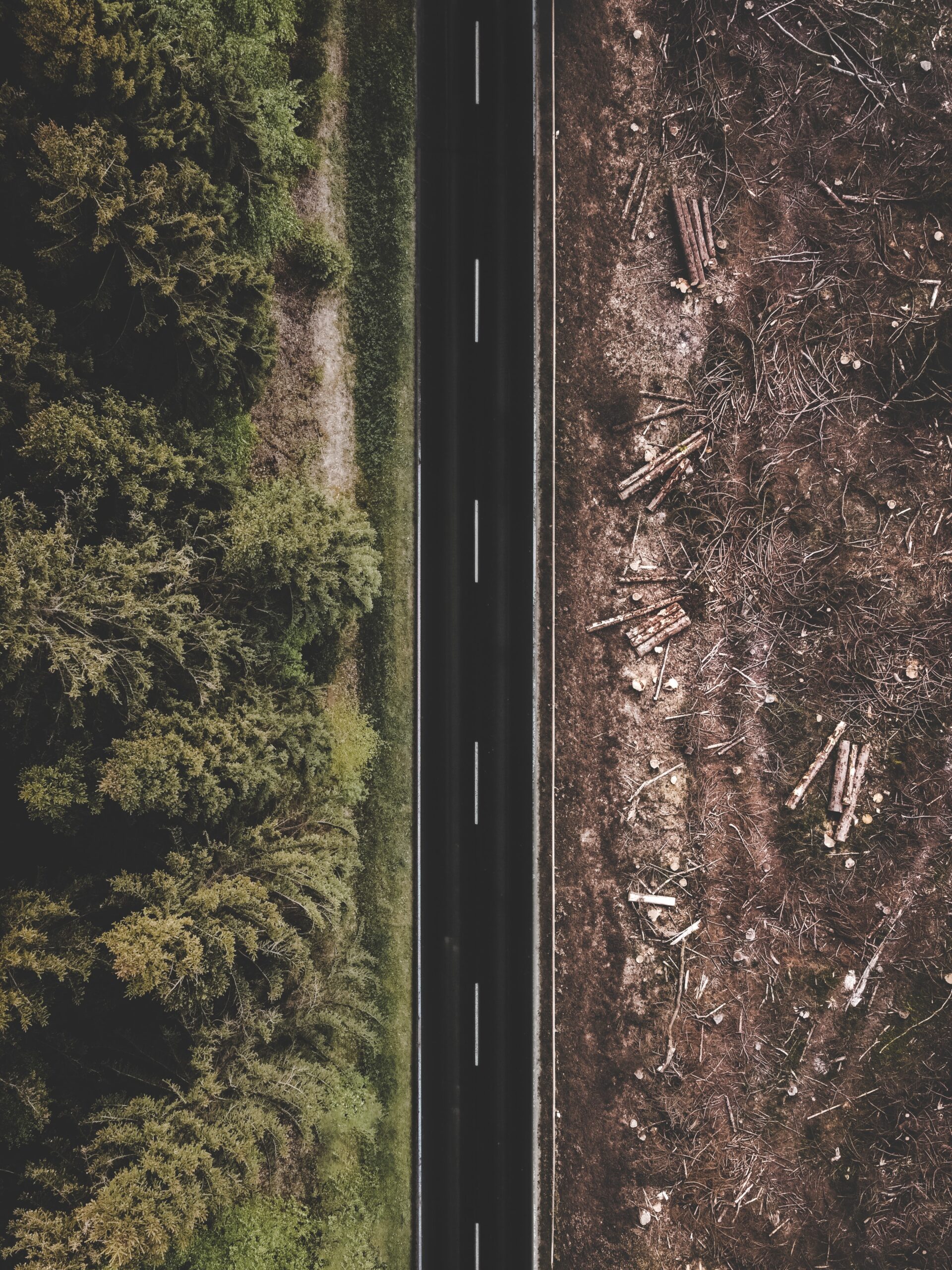ECO-FRIENDLY FABRICS TO KEEP IN MIND WHEN SHOPPING
Date
- Published May 1st, 2021
‘Men’s fashion has a certain heaviness in the fabrics and construction. But also there is a heaviness in the mentality’
Hedi Slimane

What materials can you pay attention to when shopping ethically and sustainably?
You can search for garments that are made from natural fibres or recycled garments. Furthermore, you can get informed and choose brands with policies/certifications that protect the planet and the people making their products.
1. Organic cotton
Organic cotton (GOTS CERTIFIED) is cotton that is produced and certified to organic agricultural standards. Its production sustains the health of soils, ecosystems and people by using natural processes rather than artificial inputs. Importantly organic cotton farming does not allow the use of toxic chemicals or GMOs (genetically modified organisms). Instead, it combines tradition, innovation and science to benefit the shared environment and promote a good quality of life for all involved. Results of a recent Life Cycle Assessment of organic cotton reveal that water consumption of organic cotton is 91% lower than that of conventional cotton (182m3/1000kg fiber as opposed to 2,120m3 ) . This is because organic cotton receives relatively little irrigation, relying predominantly on natural rainfall. Organic cotton can also be a more efficient user of water since farmers focus on building higher levels of organic matter in their soils. Research shows that soils with high organic content can hold up to 30% more water.
Organic cotton production uses significantly less fossil fuels than conventional production. The results of a recent Life Cycle Assessment of organic cotton revealed that its carbon dioxide equivalence (CO2 equiv.) emissions are an average of 46% less than the CO2 equivalent emissions of conventional cotton production. This is primarily the result of the restricted use of chemical inputs in organic production, along with the fact that the vast majority of organic cotton is produced by small-scale farmers in developing countries who farm by hand instead of using fuel-hungry machinery and irrigation systems.
Benefits for farmers are (OTA, 2010):
- a balanced ecosystem and enhanced health;
- improved economic situation and food security;
- improved access to markets; and
- training and education.
When you buy organic cotton you are investing in water conservation, cleaner air, better soil and farmer livelihoods. The price for organic cotton is therefore sometimes, but not always, higher. However, with demand on the rise, more choices will become available.
2. Hemp
Hemp fabric is produced from fibers taken from stem and stalk of the cannabis plant which are softened in water, broken up and spun or woven into fabric. Hemp is an incredibly versatile and durable material with a texture very similar in look and feel to linen. Hemp is a weed, so it grows prolifically with little water and no pesticides. It requires around 50 percent less water to grow per season than conventional cotton. Hemp is naturally resistant to most pests and grows very densely. As a result, it does not need chemicals having practically no weed or insect enemies. It has been noted that when grown in rotation, pests in future crops are actually reduced. It takes up relatively little space, produces more pulp per acre than trees, and is biodegradable. When grown on the same land, hemp will produce twice the amount of fiber as cotton and six times that of flax. In addition, the plant is an excellent source of oxygen production. With each growth cycle the soil is renewed returning from 60-70% of the nutrients it takes. Its long roots aerate soil for the benefit of future crops, remove toxins and prevent soil erosion as well. The fabric has various natural advantages such as keeping you warm in winter, cool in summer and even protecting you from UV rays. The fibre produced from pure hemp is similar to linen in texture. It can also be blended with other natural fibres to create fabrics with the durability of hemp and the softness of cotton or bamboo.
3. Lyocell (Tencel)
TENCEL® is the brand name owned by Lenzing Fibers of Austria for a recently improved fabric from a fiber generically called lyocell. Tencel is made from plant materials. It is obtained from eucalyptus trees that are grown on farms—no old growth forests, genetic manipulation, irrigation, or pesticides are used. These forests and the pulp produced for Tencel have earned Forest Stewardship Council (FSC) certification that the products come from socially and environmentally responsible forests. However manufacturing Tencel requires less energy and water than cotton. As a naturally derived fibre, Tencel is also biodegradable. Products made from lyocell can be recycled, incinerated, or digested in sewage. The fiber will usually degrade completely in just eight days in waste treatment plants. Chemical processing of the fibre operates on a closed loop system, meaning that 99.5% of chemicals are captured and reused in continuous processing, and in which bleach is not required. The small amount of effluent that is discharged is considered non-hazardous. The fibres are incredibly versatile and are often combined with other textiles such as cotton, wool, polyester and silk to improve their functionality. In essence, these fibres are made using more environmentally responsible processes than artificial fibres such as nylon and polyester and they deliver comfort and durability. Tencel stands out mainly for its softness. Fabric made of Tencel lyocell also has excellent drape, doesn’t wrinkle easily, and holds dye well so it makes vibrant colors. It’s also breathable and manages moisture so it helps with temperature regulation.
DO YOU CHECK THE INSIDE LABEL(S) TO SEE WHAT GARMENTS ARE MADE FROM WHEN YOU ARE SHOPPING?




